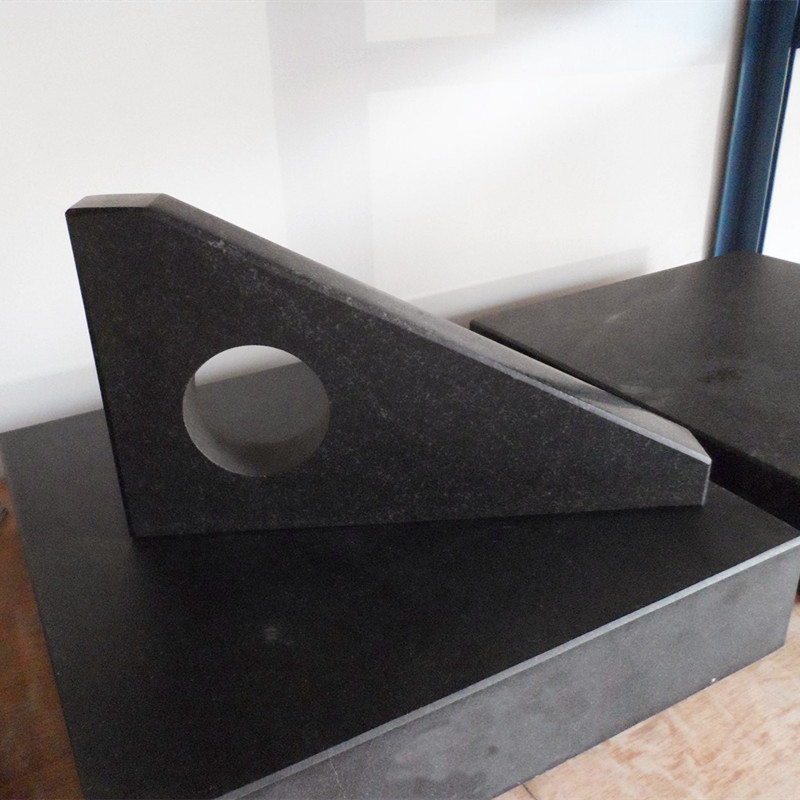Dec . 02, 2024 03:02 Back to list
Understanding Standard Ring Gauges and Their Applications in Precision Measurement
Understanding Standard Ring Gauges
In the world of precision engineering and manufacturing, dimensions must be measured and maintained to very tight tolerances. One of the crucial tools used to ensure that components meet specified sizes is the standard ring gauge. This instrument plays a vital role in quality control and the assurance of proper fit in various applications, particularly in industries such as aerospace, automotive, and mechanical engineering.
What is a Ring Gauge?
A ring gauge is a cylindrical device designed to check the external diameter of machined parts, typically shafts or pins. The gauge is hollow and features a precisely machined internal diameter that represents a specific nominal size. The primary purpose of a ring gauge is to determine whether a workpiece falls within the specified limits of size and shape.
Ring gauges come in two main types go and no-go gauges. The “go” gauge represents the maximum permissible size of the feature being measured, while the “no-go” gauge signifies the minimum permissible size. When a workpiece passes the go gauge but fails to pass the no-go gauge, it indicates that the workpiece is within tolerance and meets the required specifications. This pass/fail system allows for efficient checking of dimensions without the need for complex measurement devices.
Importance of Standard Ring Gauges
The importance of standard ring gauges cannot be overstated. Firstly, they ensure consistency and repeatability in manufacturing processes. By using standardized gauges, manufacturers can maintain quality across different production batches. This is crucial in industries where components must fit together precisely, such as in the assembly of engines or aircraft systems.
Moreover, ring gauges serve as a reference point for measurement. They help ensure that measurement systems in use are calibrated correctly. Since ring gauges are manufactured to standardized dimensions, they become a benchmark for measuring equipment, ensuring accuracy and reliability in measurements taken with other tools such as micrometers or calipers.
Manufacturing and Calibration
standard ring gauge

The manufacturing of standard ring gauges follows stringent guidelines to ensure precision. Typically, high-quality steel or carbide is used to resist wear and maintain dimensional stability. The gauges undergo careful machining processes, often including grinding, to achieve the required tolerances. After manufacturing, they are subjected to calibration processes, where they are verified against master gauges to confirm their accuracy.
Calibration is a critical aspect of maintaining the reliability of ring gauges. Over time and with usage, even the most robust gauges can wear or become damaged. Regular calibration helps to identify any discrepancies and ensure that the gauges still meet their designated specifications. It is recommended that standard ring gauges be calibrated at defined intervals, as per industry standards or in accordance with a company’s quality assurance program.
Applications Across Industries
Standard ring gauges find applications in various sectors. In the automotive industry, for instance, they are used to ensure that components fit together well, promoting safety and reliability in vehicle operation. In aerospace, the precision of parts is paramount, and ring gauges play a significant role in verifying the exact sizes necessary for flight safety.
Additionally, in the manufacturing of machinery, these gauges help maintain the quality of shafts and fittings, which are critical for effective machine operation. They are also utilized in tool and die making, where exact measurements are essential for producing forms and molds accurately.
Conclusion
Standard ring gauges are indispensable tools in the field of manufacturing and quality assurance. They provide a straightforward yet effective means of verifying dimensions, ensuring that parts are produced accurately and fit together as intended. As industries continue to demand higher precision and efficiency, the role of standard ring gauges will only grow in importance.
In summary, understanding and utilizing standard ring gauges is crucial for maintaining quality control in production environments. Their reliability and ease of use, coupled with the assurance of standardized measurements, make them a fundamental aspect of mechanical design and engineering. Whether in the automotive sector, aerospace, or general manufacturing, ring gauges play a vital role in ensuring that the components fit perfectly and function correctly, ultimately driving progress in technology and innovation.
-
Y Type Strainer Maintains System Efficiency Long TermNewsJul.15,2025
-
Valve Selection Guide for Industrial ApplicationsNewsJul.15,2025
-
Steel Fab Table Provides Durable Work Surface for WeldingNewsJul.15,2025
-
Pad Iron Provides Stable Support for Heavy MachineryNewsJul.15,2025
-
One Inch Check Valve Fits Standard Plumbing SystemsNewsJul.15,2025
-
Measuring Micrometer Ensures Precise Dimensional AccuracyNewsJul.15,2025
Related PRODUCTS









